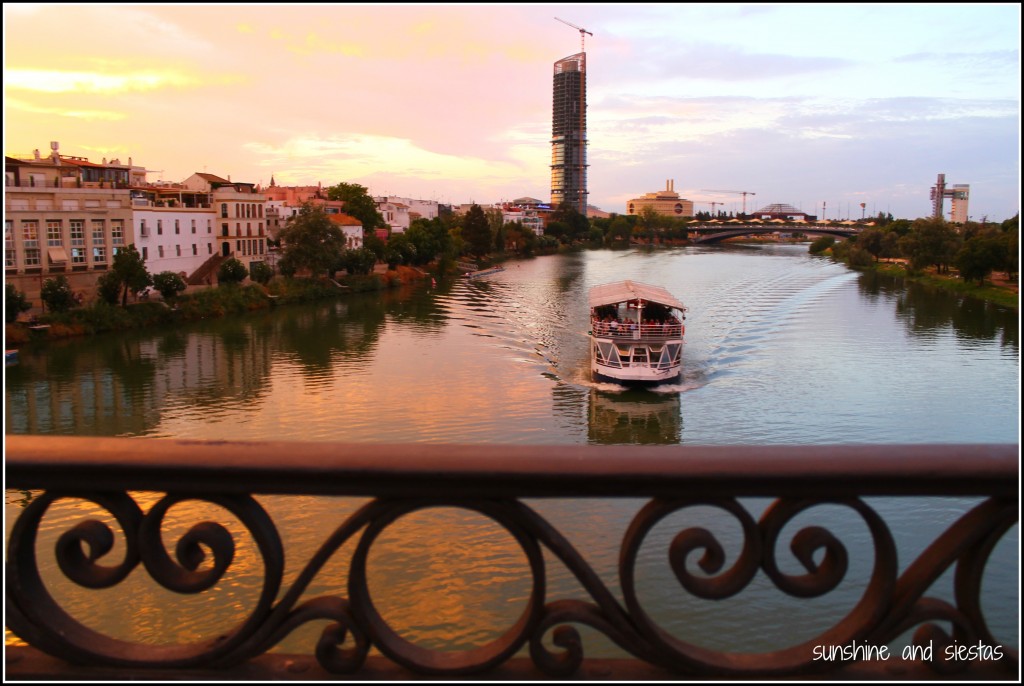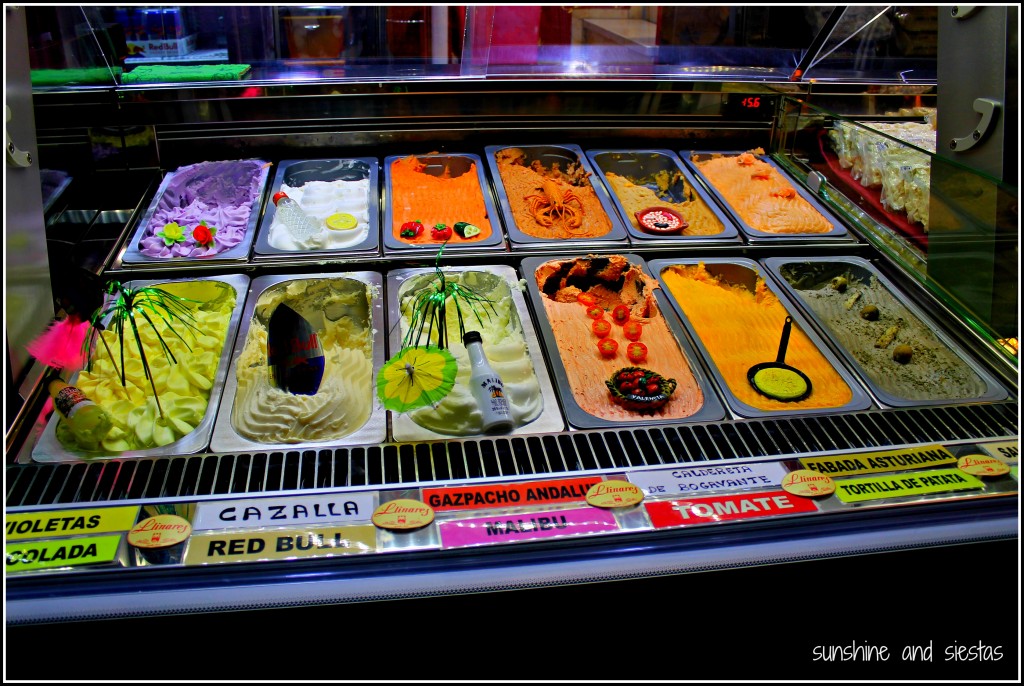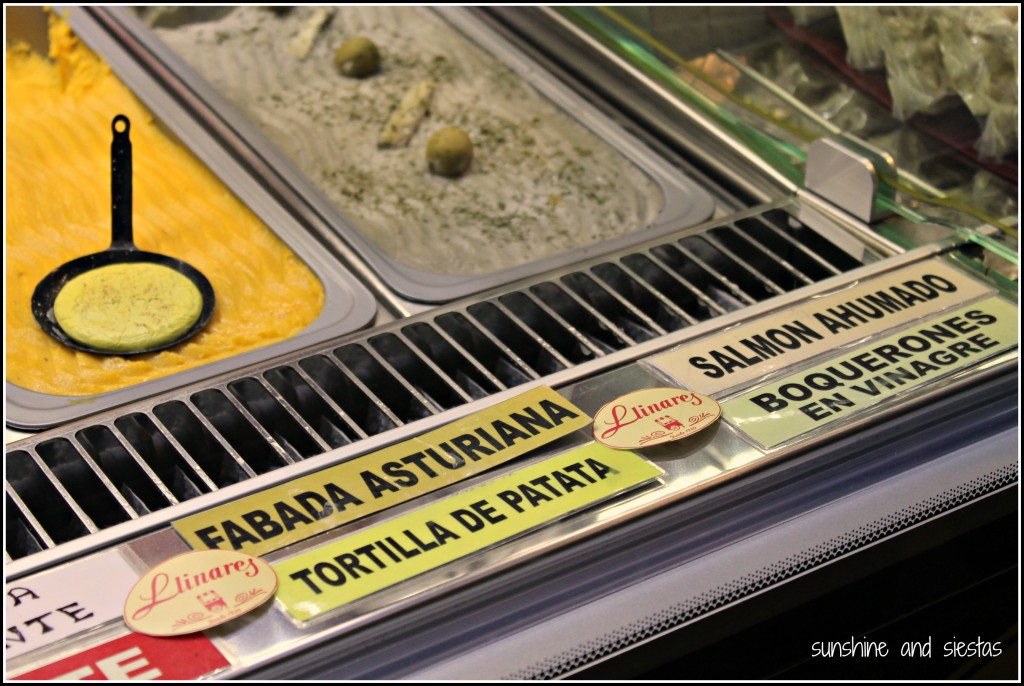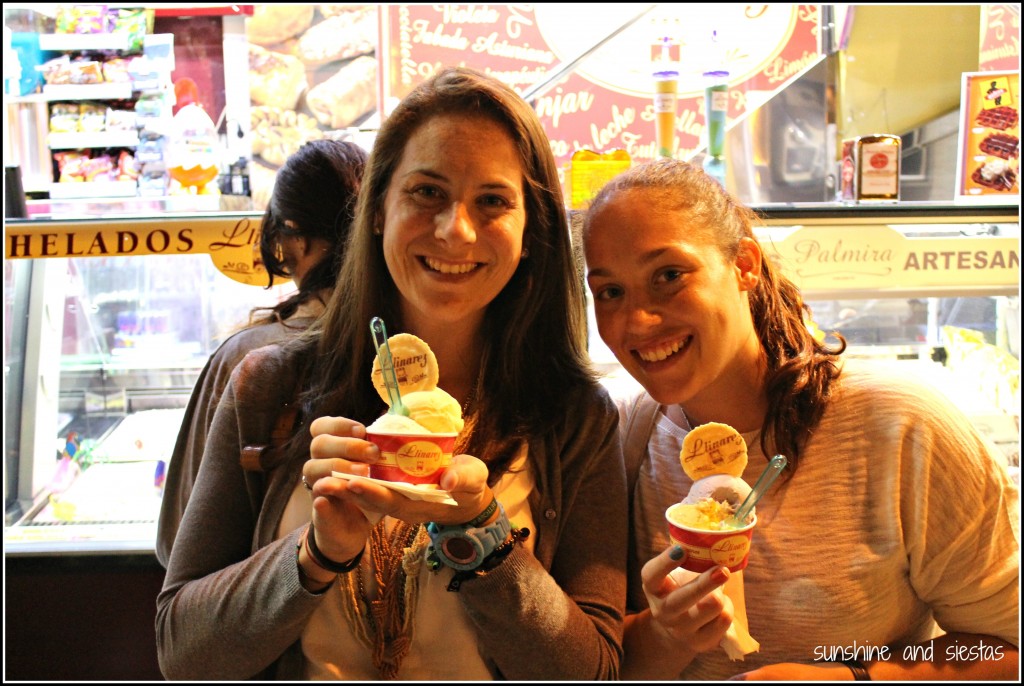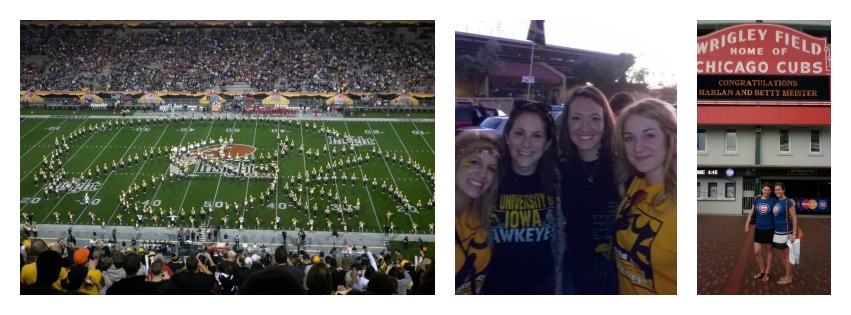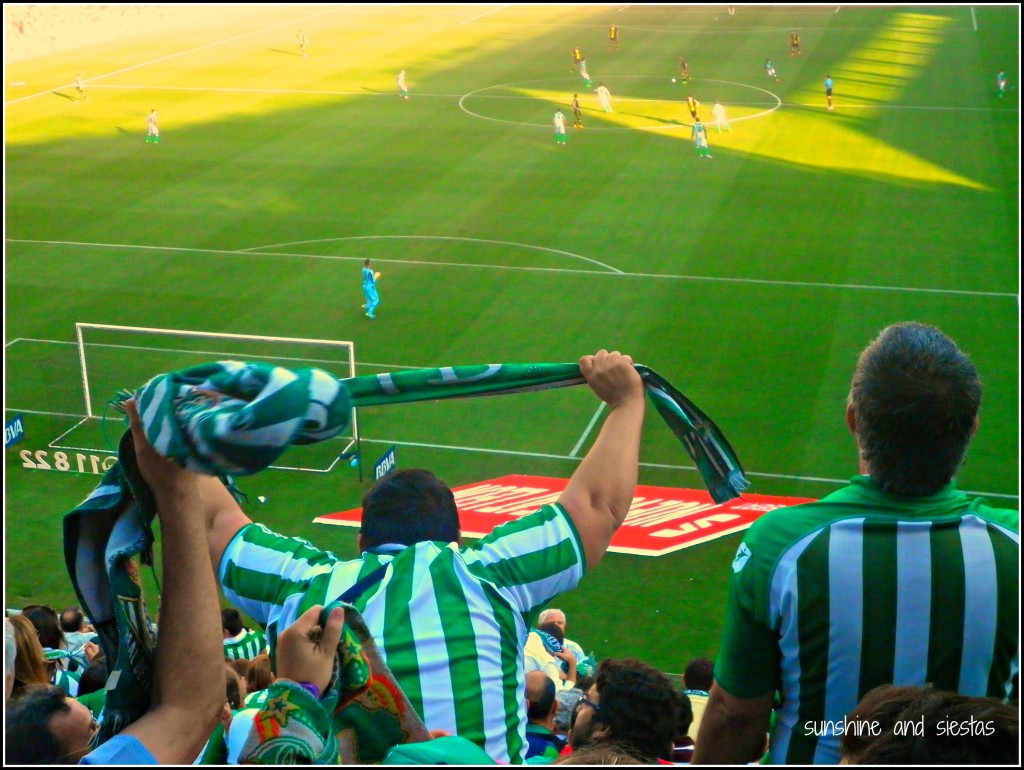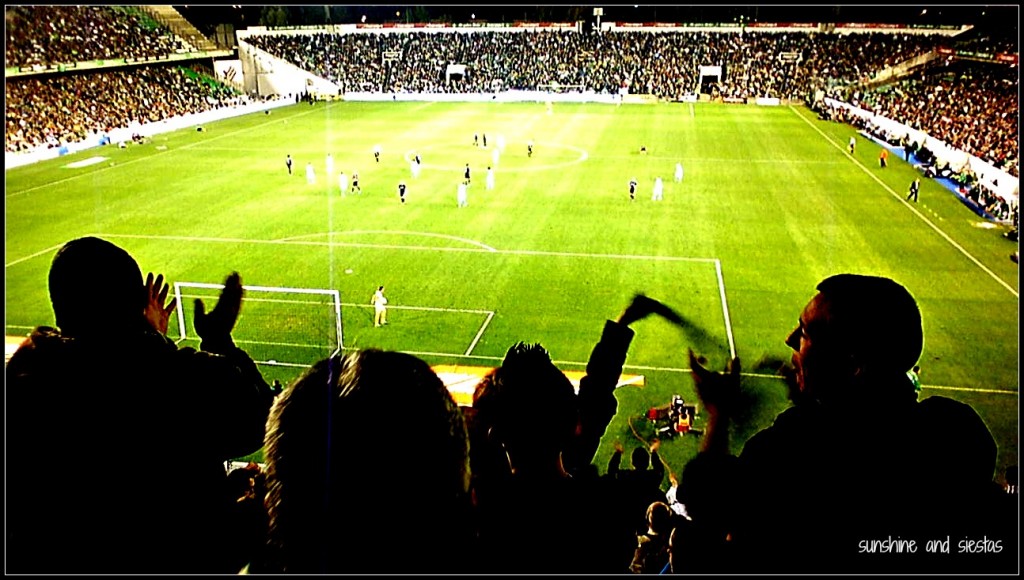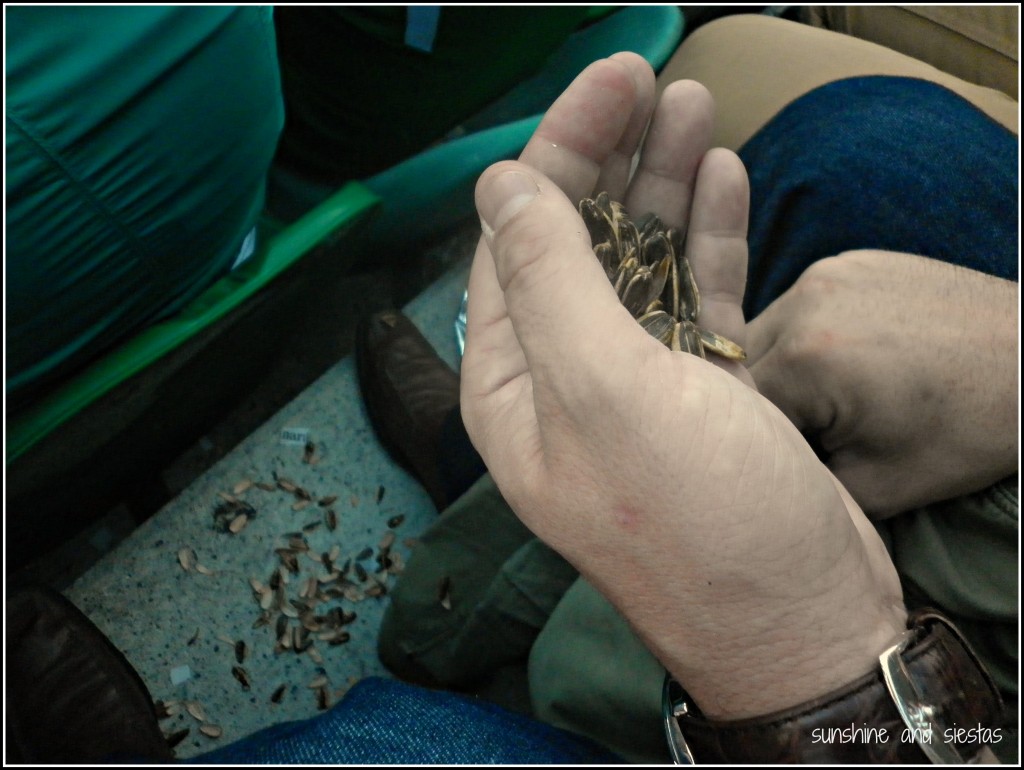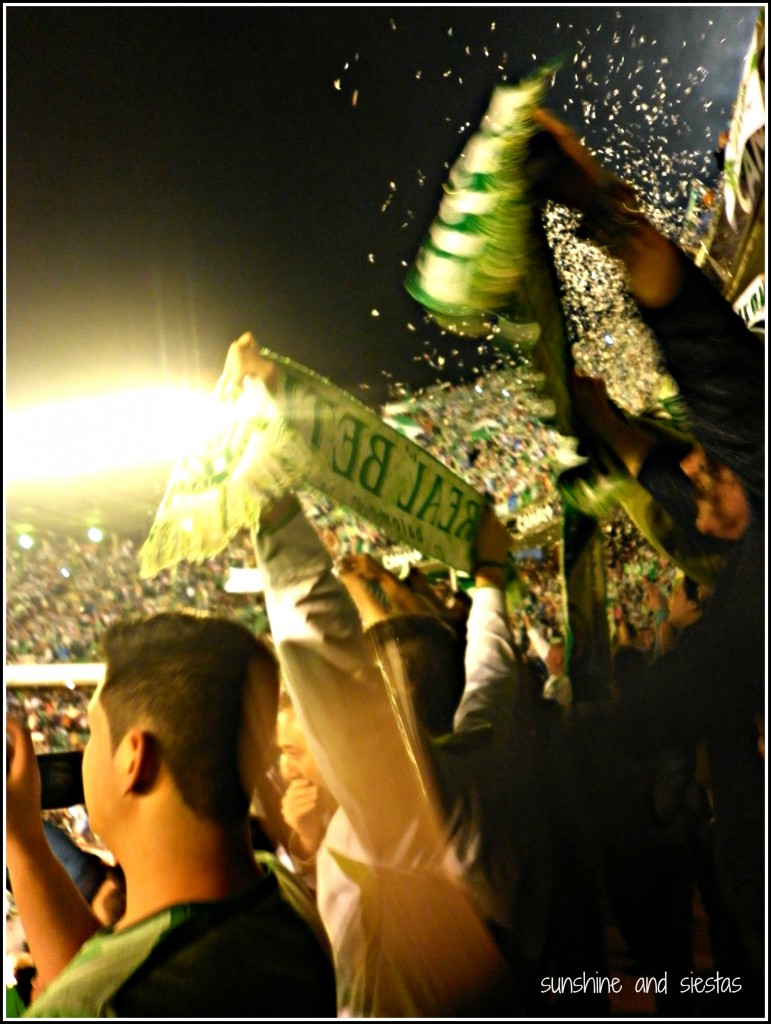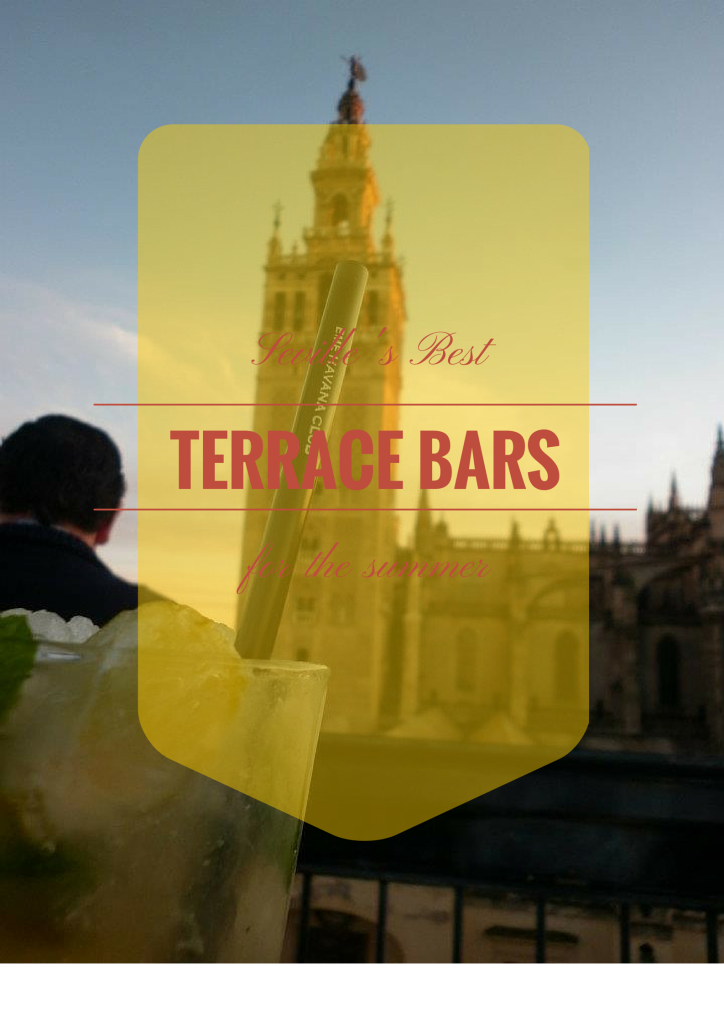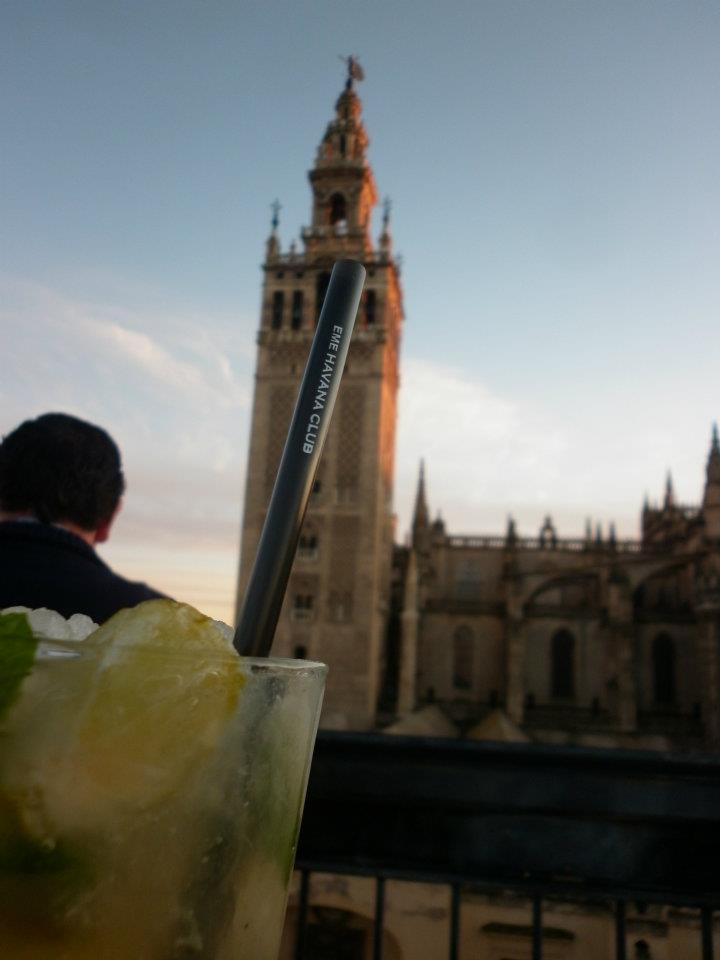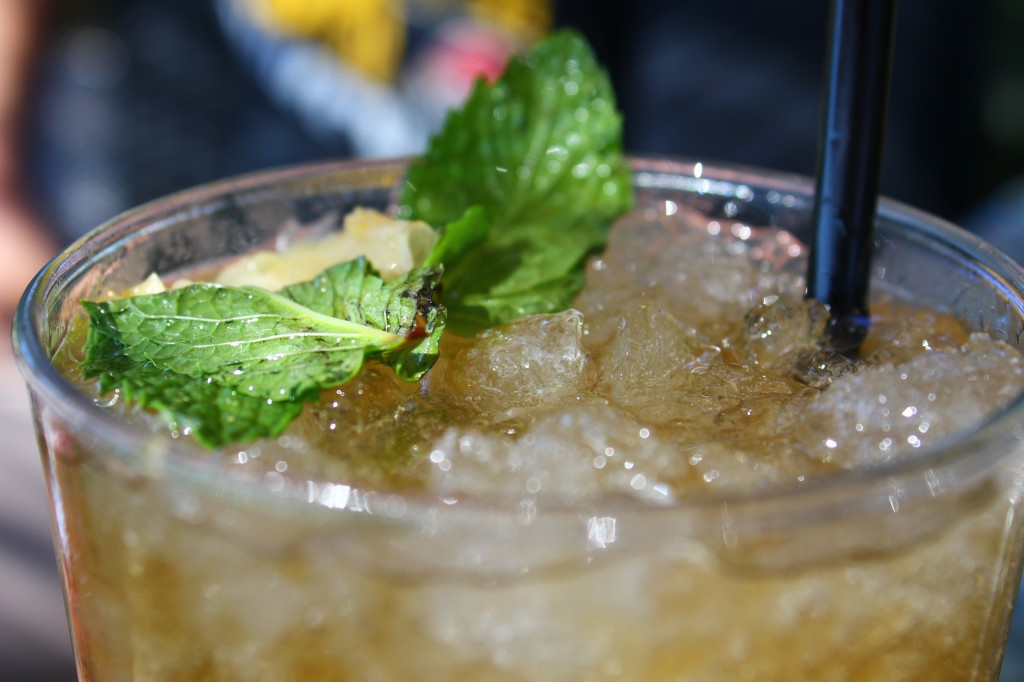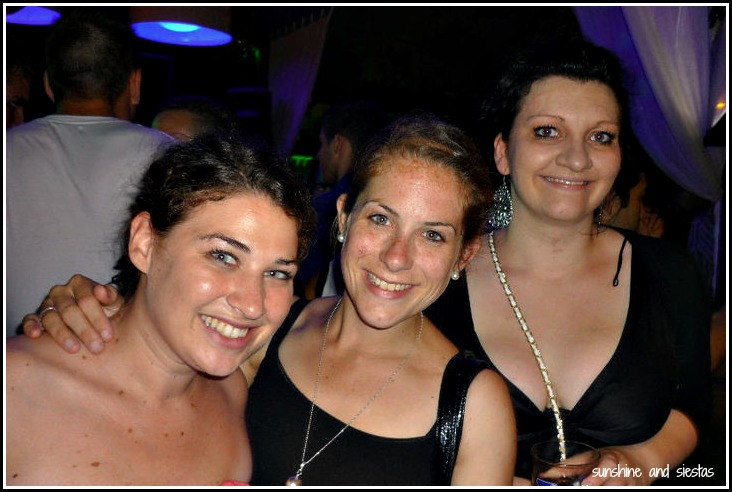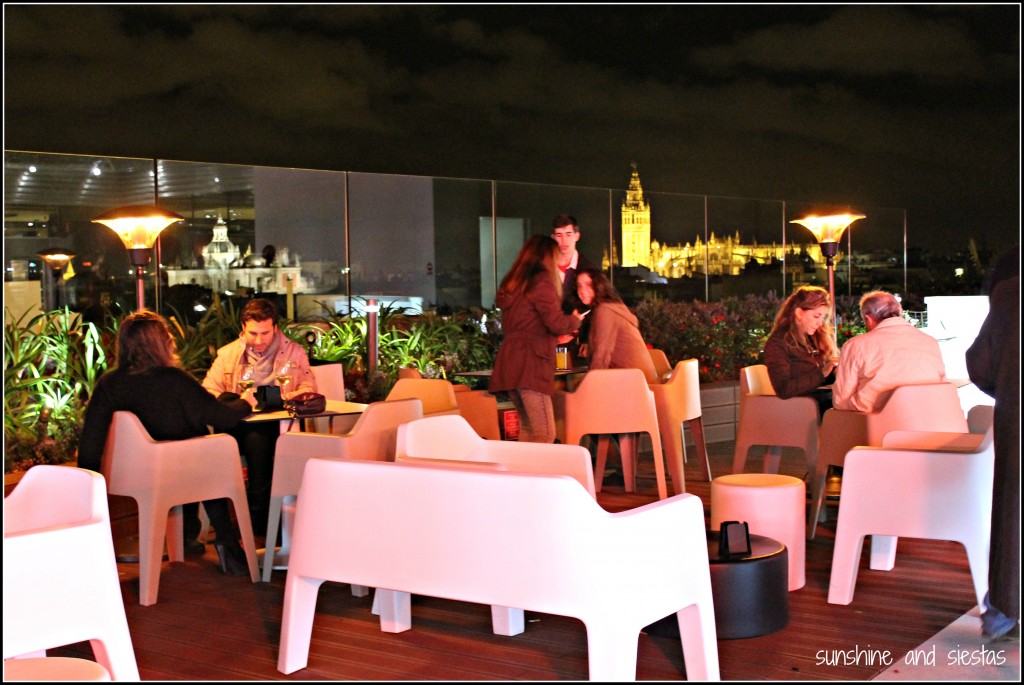The streets hummed – literally, I mean: on one end of San Jacinto, a religious procession was led by a brass band playing melancholical music while a cover band rocked the steps at Capote. We could barely skirt around the throngs of people enjoying the early evening breeze near the Guadalquivir during Seville’s Golden Hour, though I was enamored with the colors and the sky (I have not touched this photo, save to put a border and a water mark!)
This is what the Spaniards call Verano de San Miguel: coinciding with the feast day of San Miguel, the summer makes one more valiant push before the days in Seville turn crisp and cool. Just when I thought I could sleep soundly at night, we were surprised by a heat wave and had to turn on the air again. But there are vegetable cream soups and comfy sweaters to look forward to (and hopefully some rain so that I can stop washing my car every damn week!).
Are you looking forward to welcoming fall? I’m already longing for next summer – the World Cup, a trip home and fried sardines!
